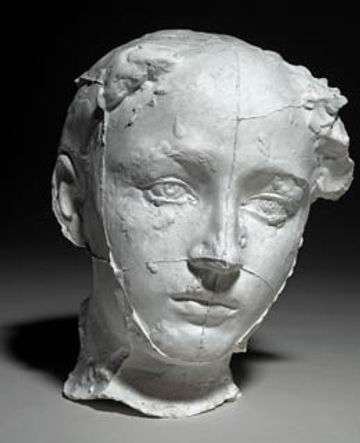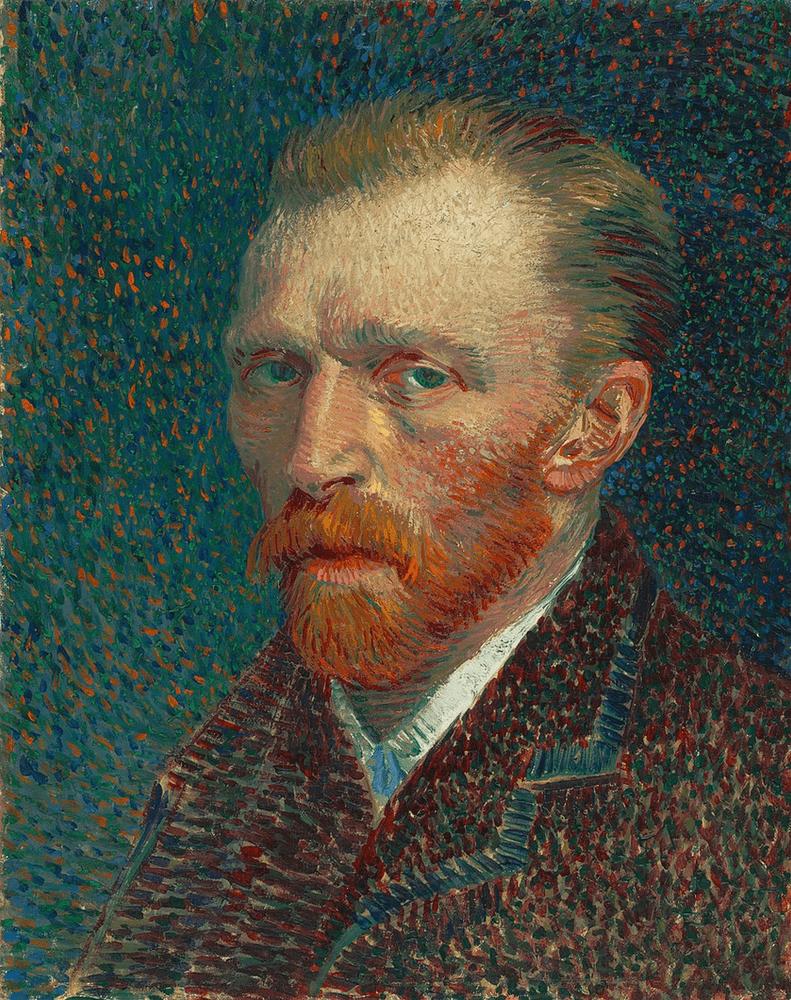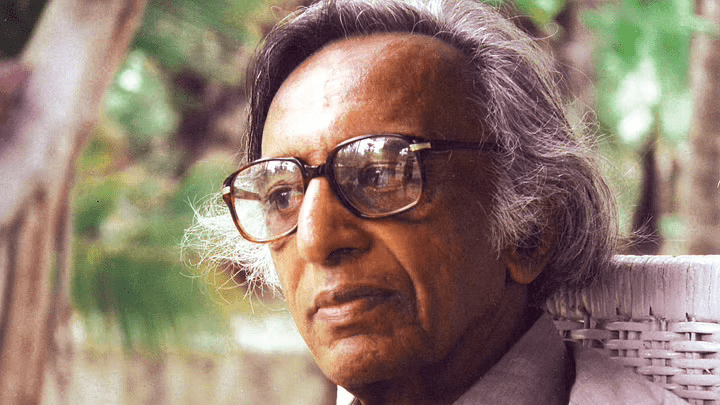“I didn’t know you read a biography about Rodin.”
“Why would I read a biography about Rodin?”
– Midnight In Paris.
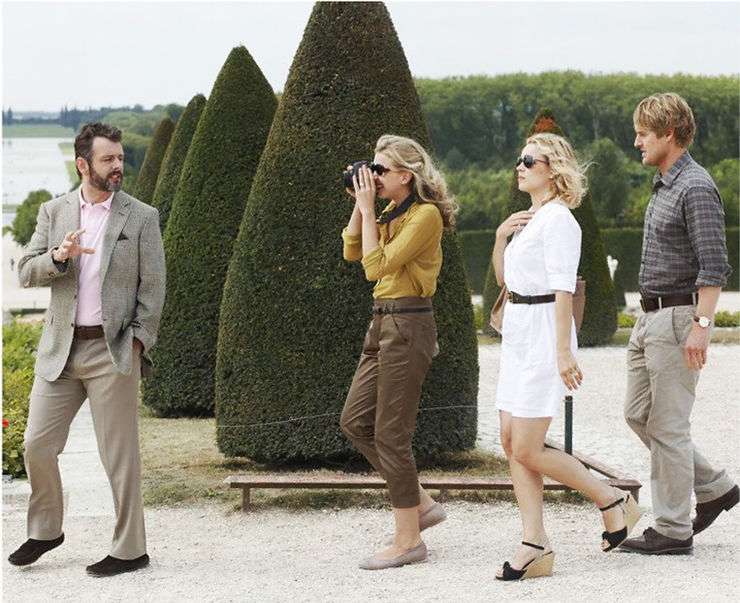
If you’re an art history buff, enjoy a mix of comedy and drama or just want to watch your favorite actors share the silver screen, Midnight In Paris is the movie for you!
Woody Allen’s Midnight in Paris is a time-bending treasure captures the beauty and romanticism of Paris and takes you back in time to watch icons of art, fashion, literature and film in a wonderfully woven cinematic product. If you’ve watched the film (those who haven’t, go watch it and then come back to this article, we promise it’ll be an interesting read!), you must be recollecting the debate that comes up regarding Camille Claudel, with Paul Bates and Gill Pender arguing whether Camille was Rodin’s wife or mistress. Were you too left bothered about what the truth really was? Worry not, we’re here to clear that up for you!
Let’s recap that particular scene first. On encountering a sculpture by Rodin’s of his student and mistress, Camille Claudel, Paul argues that the sculpture of Camille Claudel is indeed a sculpture of his wife. The guide claims that Camille was not his wife, but his mistress. And soon, Gill Pender and Paul Bates lock heads about Rodin’s relationship with his mistress or wife with Bates even going on to argue with the guide. And just so unfolds the controversy that surrounds Auguste Rodin’s personal life.
https://youtube.com/watch?v=UhYgbdzxLkQ%3Fautoplay%3D0%26mute%3D0%26controls%3D1%26origin%3Dhttps%253A%252F%252Fartfervour.com%26playsinline%3D1%26showinfo%3D0%26rel%3D0%26iv_load_policy%3D3%26modestbranding%3D1%26enablejsapi%3D1%26widgetid%3D1
Rodin and Woody, Video Credit: Fasteddyking
The jealousy seen on screen in Midnight in Paris that surrounds the romantic relationships between the main characters in the film, is possibly mirrored from the lives of Rodin and his muse, Camille. One that pushed her to spend the last 30 years of her life institutionalised.
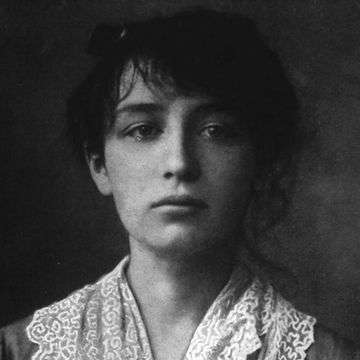
Auguste Rodin is celebrated as one of the greatest modern sculptors. He was responsible for the masterpiece “The Thinker” and the controversial “The Kiss.” Not only did his art serve as a reason to garner controversy but his personal life has been a theme of conjecture for years in numerous art circles.
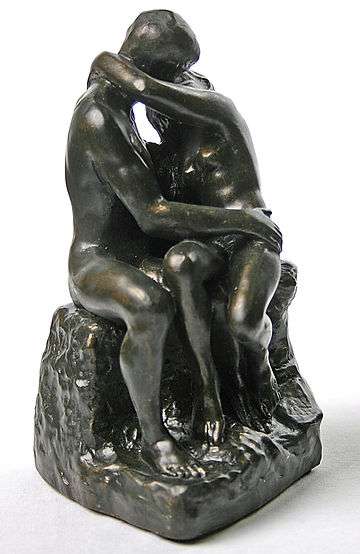
But the story of Rodin and Camille juxtaposes love and the creation of art, as Camille was one of Rodin’s most admired and loved students. And this theme is no surprise to art lovers as stories have emerged many times and have left an impact on the discourse as a whole.
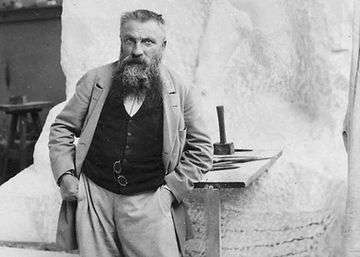
Rodin reached the heights of his fame and popularity when he was forty with masterpieces such as the thinker. He was already beginning to be commissioned to undertake ambitious and grand pieces such as the depiction of Paolo and Francesca from the famous Dante’s Inferno. This piece, which was initially supposed to be part of a much larger “Gates of Hell”. At the same time young Camille Claudel was beginning her journey into the world of modern sculpture. The two met on the insistence of Alfred Boucher who had advised Camille’s father to allow her to pursue the act of sculpting from a friend who could teach her. And so Camille met Rodin, who lived in Paris with Rose Beret, a seamstress who he would come to marry in the later years before his death.
For Claudel, this was a period of rigorous training. She learned the methods of distinct profile and emotional expression from Rodin, crafting a similar style that would be attributed to Rodin, leaving Camille’s art moved to the background. Though the fame lay with Rodin, she was his pupil and he had successfully trained a number of students who would go on to form the school of modern sculpture and carry on the legacy of his distinct style. Camille pursued her own ambitions and would accept future commissions. Rodin too remained her patron and supported her right up to her death, even requesting for a room in his museum to be dedicated to showing her works.
![Auguste Rodin, Mask of Camille, [S.1742]](https://www.artfervour.com/wp-content/uploads/2022/11/1_689c7e_78c5f47d6b7c43d69618b24666f1bdd6mv2.jpg)
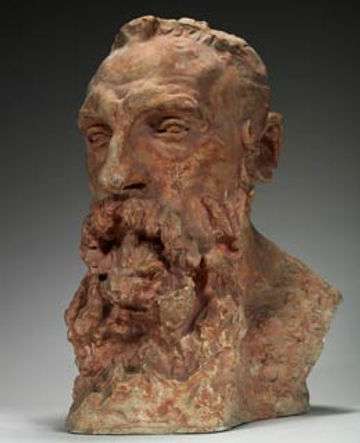
Rodin, who 30 years older, was at the height of his career, was equally influenced by the presence of his new muse Camille. His passion was not a surprise as his fascination with the human anatomy is reflected in his ability to carve human emotion. Rodin was not only famous for his sculptures but has been known to leave behind more than 7,000 works on paper that are showcased at Hotel Biron in the Musee Rodin, a hotel in which Rodin had lived and requested to house his art once he had passed.
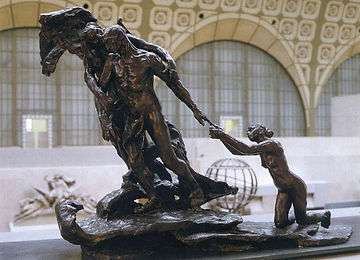
As their relationship grew stronger and more turbulent, his commitment to Rose Beret remained a significant reason for Camille’s unhappiness. And she decided to pour this emotion into her art, creating of one her most spoken about pieces of word “The Age Of Maturity”. Many scholars widely regarded this her autobiographical work. The creation depicts an older man, Rodin, being pulled away by an older woman, Beuret, from the stretched arms of a young woman kneeling beside him, Claudel. Meanwhile, many claimed this represented age or the older woman snatching away man from his youth. Rodin was furious upon seeing this piece and with this began the tumultuous path in Camille’s personal life. As the Ministry of Fine Arts cancelled the commission to this piece, Camille believed Rodin was responsible for her plight. Camille was grateful to her teacher but wanted to move away from his association to establish herself as an independent artist.
“I think this association helped her creativity, either thanks to the dialogue with his work which enriched her own, or as a reference from which she strived to distance herself,” said Cécile Bertran, a prominent museum director. “It led her to renew her inspiration and create a completely new and modern style. But at times she also seems to have felt creatively oppressed by his association. She was always keen to establish her artistic independence.”
As Rodin moved to Paris, Camille referred to Rodin as “The Ferret” in her letter and convinced herself that he was plotting to kill her and steal her ideas. She went on to board up the doors of her studio, isolating herself from everyone else.
The emotional difficulty experienced by Camille as Rodin continued to live with his long term companion Rose Beurt and and his children along with his prominent affair with American born Duchesse de Choiseul led to Camille developing a neurotic paranoia that led her to be institutionalised, a decision taken by her brother and mother that was deemed unnecessary by her medical advisor. Camille’s lifestyle was audacious and lewd in the view of her mother, who pressed her brother, famous poet Paul Claudel to lay her aside in a mental institution. Cammile’s mental health deteriorated from there as she was diagnosed with delirium psychosis and admitted into at asylum.
She no longer practised her art and threw away all her sculptures. She was scared that Rodin would steal her ideas if she continued. She frequently expressed her distress in numerous letters constantly writing of feelings of isolation and abandonment.
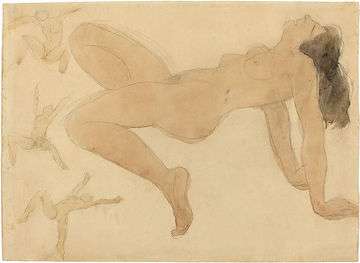
The turbulent relationship between the two artists came as no surprise as the vitality and thirst for carnal association seemed evident in Rodin’s work. His fascination with the human anatomy, though criticised in many circles led to the creation of Cupid and Psyche, Sphinx and Andromeda during the Chicago World Fair. This event marked his foray into the American art world making him such a remembered name all over the world. His affairs continued throughout his life, and many of erotic drawings of naked models were inspired by American dancer, Isadora Duncan in 1900 sketched by Rodin in an attempt to seduce her. His preoccupation continued as he was introduced to dancers from the Royal Ballet of Cambodia, that produced some of his most famous drawings.
And as for Camille, her life moved closer and closer into obscurity. She was frequently visited by her brother, but with the lack of funds she was receiving from her family, she spent the last years of her life in rags.
Rodin soon came to marry his life-long partner Rose Beuret on the 29th of January in 1917. Beuret died only two weeks later. Illness struck Rodin who suffered from influenza and weakness only to died at the age of 77, in Meudon, Île-de-France, Paris.
The legacy that was carried forward by Rodin has been compared to Michelangelo, and he has been recognised as one of the greatest artists of his time. The same cannot be said of Claudel who was left with 90 pieces of work at the time of her death. Their creative relationship led to the creation of numerous revered works of art that have been credited to both artists. Yet the societal restraints upon the credibility and fame of female artists limited the success that Claudel wished for herself during her time.
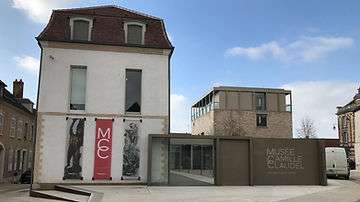
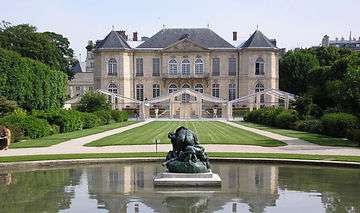
While they lived the last years of their lives apart, Rodin continued to provide financial support to her at a distance and set up a small fund after her death. He always expressed a wish for a room dedicated to Camille, named “The Camille Claudel Room” in the museum that would be dedicated to his own works. While the Musée Rodin did open two years after his death in 1919, his wish to secure a place for Cammille remained unfulfilled. Yet Musee Camille Claudel was opened in 2018 in honor of Camille Claudel and her works hailing her as one of art history’s most overlooked female figures. The museum opened in a small town in the southeast of Paris and houses half of Claudel’s work.
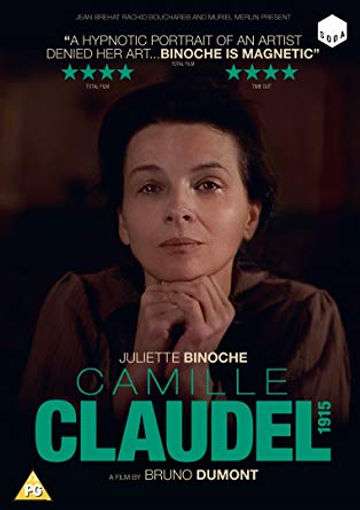
Their mesmerizing love story has been the foundation for many films that have been based on their lives, both individually and together. From the oldest film of 1988 titled ‘Camille Claudel’, to Camille Claudel 1915 and Rodin 2017 that centers on the life of Rodin during the time of one of his most momentous commissions of the Gates Of Hell. In 2011, Boris Eidman, world-renowned Russian ballet choreographer dedicated “Rodin” to the life and works of Rodin and Claudel.
“Camille Claudel is an audacious and authentic character who deserves to be remembered,” were the reviews given by readers upon reading the celebrate “Rodin’s Lover” by Heather Webb.
Their story may not be history’s most accepted idea of teacher and pupil but is one of feverish passion and collaboration as they both grew and learned from one-another. As the fame and patronage of Rodin grew, the world remained oblivious to the emotional trajectory of Camille’s artistic career. She was left with nothing to her name and alienated during the last years of her life, and removed herself from her one true passion – art.
As the years have gone by artists and patrons around the world have realised the importance of Camille in influencing Rodin’s work and thus brought to light the solemn story of her life. They are known as one of art’s greatest love stories and any homage to Paris will always leave you with a reminder of the mysteries and speculations that are so natural to the world of art.

